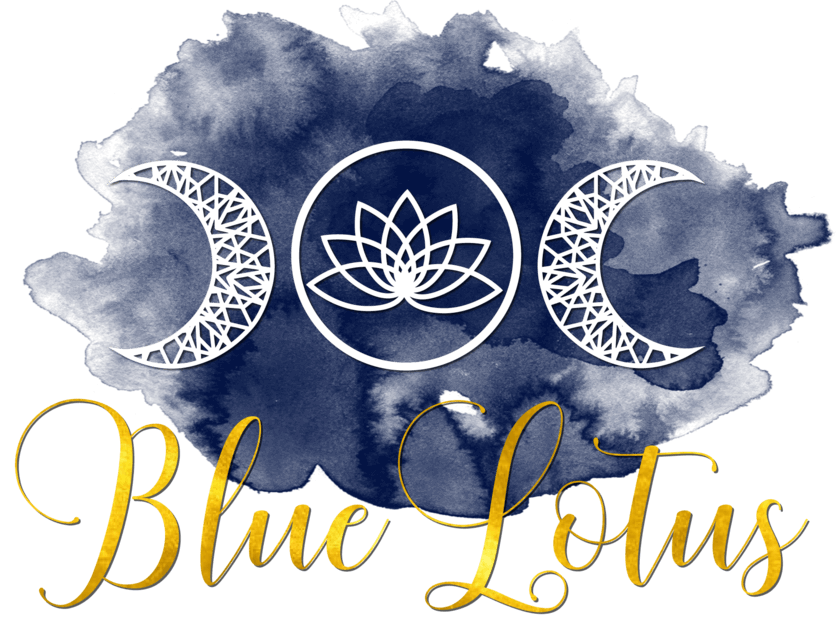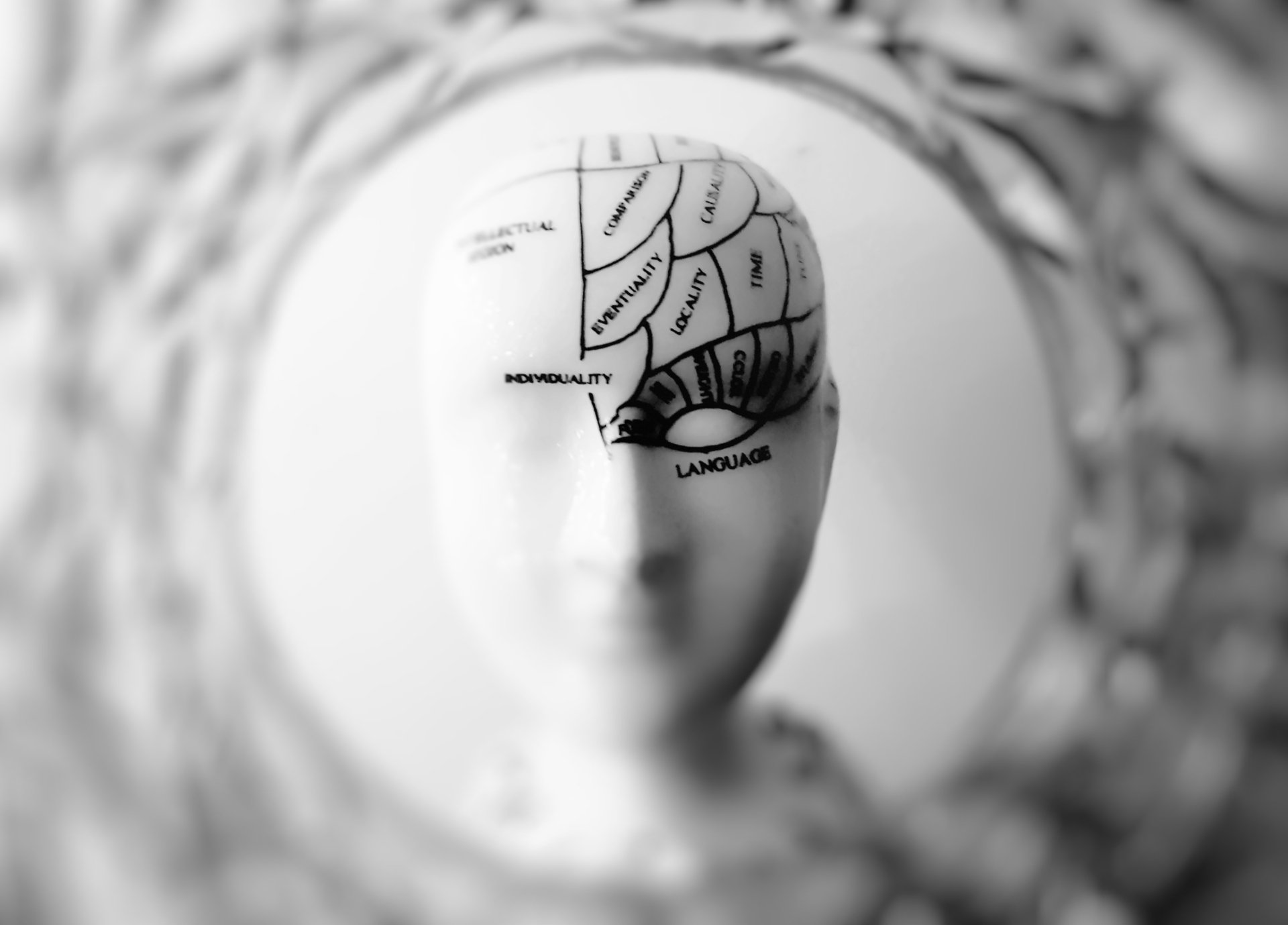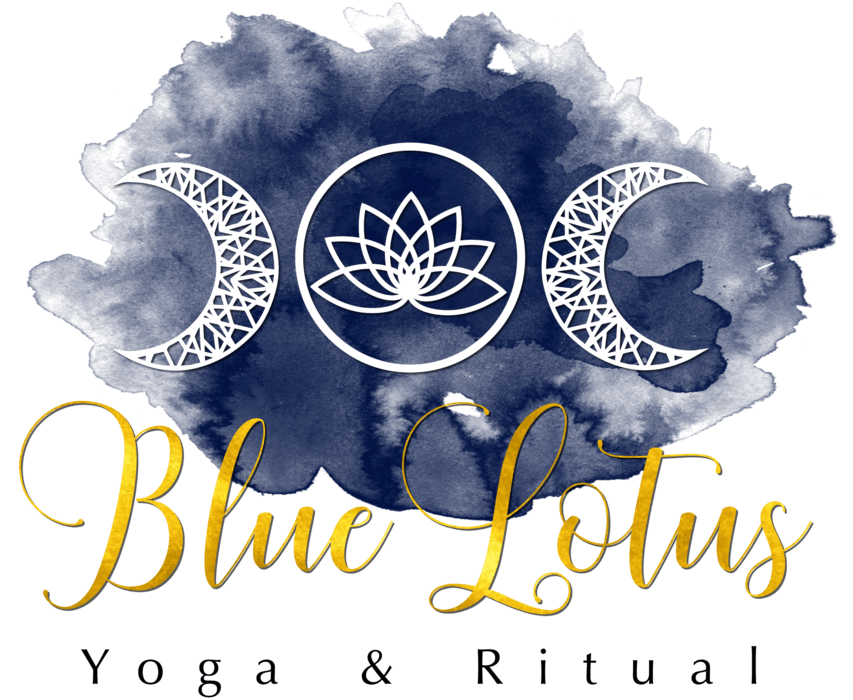The Power of Sleep
How Somatic Yoga Can Help Better Rest

Sleep is one of the most essential pillars of our health, yet it’s often the first thing we sacrifice in our busy lives.
Whether it's work, stress, or distractions, a significant number of people are missing out on the deep, restorative rest that’s crucial for both body and mind. In fact, statistics show that 1 in 3 adults are not getting the recommended amount of sleep, and this is affecting everything from our emotional health to immune function.
In this blog, we'll dive into why sleep is so important, the dangers of poor sleep patterns, and how creating a mindful nighttime routine—including somatic yoga—can help you achieve better rest.
The Science of Sleep: Why We Need It
Sleep is far more than just a period of rest for the body. During sleep, our bodies perform vital processes like tissue repair, memory consolidation, and the regulation of hormones such as cortisol (the stress hormone) and melatonin (the sleep hormone). Quality sleep enhances our immune function, mental clarity, and emotional stability.
On the other hand, poor sleep patterns have serious consequences. Research shows that chronic sleep deprivation can increase the risk of mental health issues, such as depression and anxiety, by 20% or more. It’s also linked to weight gain, weakened immune function, and higher levels of stress, not to mention a 50% greater risk of developing serious conditions like heart disease and diabetes. Simply put, poor sleep isn’t just an inconvenience—it’s a major health concern.
Why Poor Sleep Affects Your Physical and Mental Health
When we don’t get enough sleep, both the body and the brain struggle to function properly. A lack of deep sleep interrupts the body's ability to recover from daily wear and tear. It impairs cognitive function, making it harder to concentrate, solve problems, and manage stress. Over time, sleep deprivation can increase levels of inflammation in the body and reduce the effectiveness of the immune system, leaving us more susceptible to illnesses.
On a psychological level, insufficient sleep creates a vicious cycle: stress and anxiety make it harder to fall asleep, and lack of sleep intensifies these emotions, leading to irritability, mood swings, and even memory issues. If this cycle continues long enough, it can lead to chronic insomnia and more severe mental health disorders.
The Role of Vagal Tone and the Nervous System in Sleep
A key player in promoting good sleep is the vagus nerve, which runs from the brain through the body, influencing heart rate, digestion, and the parasympathetic nervous system (often called the "rest and digest" system). When the vagus nerve is stimulated, it helps you relax, lowers your heart rate, and reduces stress hormones—ideal for falling and staying asleep.
One way to strengthen the body’s ability to relax is by improving vagal tone. Vagal tone refers to the ability of the vagus nerve to regulate these "rest and digest" functions. A higher vagal tone is associated with lower levels of stress and anxiety and a greater ability to enter deep sleep cycles.
Practices like somatic yoga and deep breathing can stimulate the vagus nerve, activating the parasympathetic system and improving sleep quality. This is where a mindful nighttime routine can make a big difference in promoting better sleep.
Building the Best Nighttime Routine for Better Sleep
Creating an intentional routine before bed can signal to your body that it’s time to unwind, helping you fall asleep faster and experience deeper rest. Here are some essential steps you can take to build a healthy sleep routine:
- Set a Consistent Sleep Schedule
Try to go to bed and wake up at the same time every day, even on weekends. This helps regulate your body’s internal clock, making it easier to fall asleep and wake up naturally. - Limit Screen Time Before Bed
The blue light from phones, tablets, and computers can interfere with the production of melatonin, the hormone responsible for making you feel sleepy. Aim to turn off screens at least 30 minutes before bed. - Create a Relaxing Environment
Make your bedroom a calming space by keeping it cool, dark, and quiet. You might also consider using an essential oil diffuser with calming scents like lavender to enhance relaxation. - Practice Somatic Yoga and Breathing Exercises
Incorporating gentle somatic yoga and deep breathing into your nighttime routine can be transformative. These practices stimulate the vagus nerve, helping to calm the nervous system and relax both your body and mind. Even just 10-15 minutes of mindful movement can make a noticeable difference in how easily you fall asleep. - Avoid Stimulants Late in the Day
Be mindful of caffeine and sugar intake, especially in the afternoon and evening. These can disrupt your ability to fall asleep, keeping you wired when you should be winding down.
The Benefits of Prioritising Sleep
When you make sleep a priority, the benefits ripple through every area of your life. Not only will you wake up feeling refreshed and more alert, but you’ll also experience improved mood, better cognitive function, and enhanced physical health. Getting enough sleep has even been linked to longer life expectancy and reduced risk of serious health issues like heart disease and stroke.
People who sleep well are more emotionally resilient and better equipped to manage stress. Good sleep also helps regulate appetite and metabolism, making it easier to maintain a healthy weight. In short, prioritising sleep is one of the best things you can do for your overall well-being.
How Somatic Yoga Can Transform Your Sleep
If you're looking for a practical, holistic way to improve your sleep, somatic yoga could be the answer. By combining gentle somatic movement with mindful breathing, somatic yoga helps release physical tension, calm racing thoughts, and activate the vagal tone needed to relax into a deeper, more restorative sleep.
In our upcoming 4-week Somatic Yoga for Sleep course, starting November 5th, you’ll learn practical tools for improving sleep through movement, breath, and mindfulness. Whether you’re dealing with insomnia or just want to establish a better nighttime routine, this course will guide you through techniques designed to reset your nervous system and help you achieve the restful, quality sleep your body needs.
Ready to reclaim your nights and wake up feeling truly refreshed?
Join our 4-week course to start your journey toward better sleep and well-being.
Remember.....Sleep is not a luxury—it’s a necessity. By incorporating somatic yoga and creating a mindful nighttime routine, you can dramatically improve your sleep and overall health. Don’t let poor sleep patterns control your life. Take steps today to prioritise rest and experience the benefits of true restoration.












